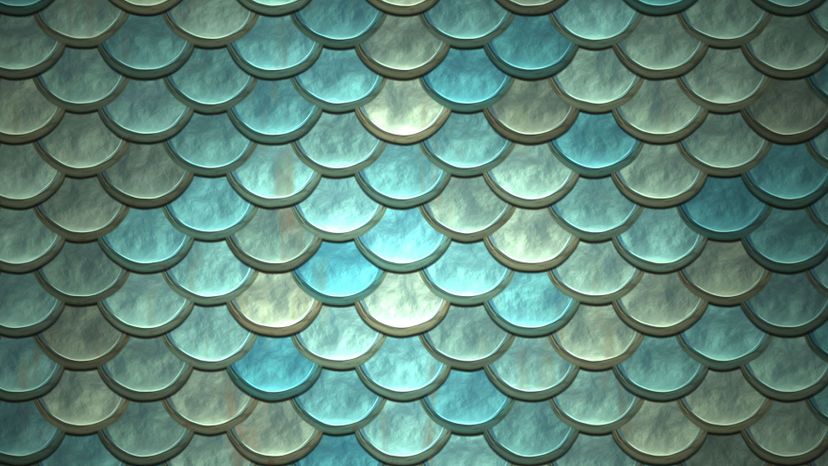
About This Quiz
Can you tell a houndstooth pattern from herringbone or harlequin? Know how to identify classic prints like ditsy, Liberty or chevron? If we show you an example of Madras or ikat, could you tell them apart? Take our quiz to see how many of these popular patterns you can name!
The patterns used to create modern clothing take their roots from a huge variety of sources. Some are rooted in the traditional garb of the Scottish Highlands, inspired by family crests and royal traditions. Others date back to the swinging '60s or the roaring '20s. Some patterns borrow from traditional cultures from the Far East or Europe, conveying nostalgic scenes of fishermen or cottage life. Still others are borrowed from nature and include images of birds, flowers and other pictures of Earth's bounties.Â
Perhaps the most interesting patterns you see, however, are those with no obvious origins. They are the geometric, trellis, lattice and other repeating patterns that are most accurately sourced to science - to similar patterns found in math or in the structure of a natural crystal.
Consider yourself an expert in the most common patterns? Prop up your paisley pillows! Prove your pattern IQ with this quiz!
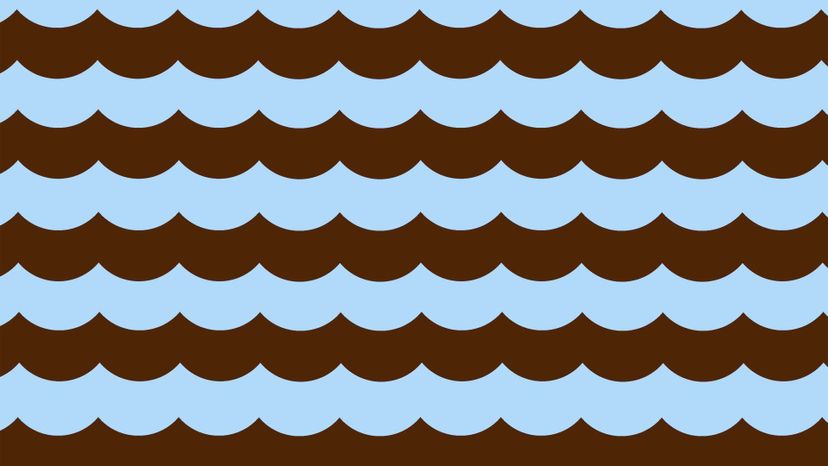
Scallop or scale patterns take their inspiration from the overlapping scales of a fish or reptile. This design is often found in art deco decor, but can fit right into both modern and traditional styles.

Basketweave features a crisscross pattern like a tightly-woven fabric, or like straw formed into a useful basket. It can be printed or woven strand by strand, and it is commonly used in contemporary decor.
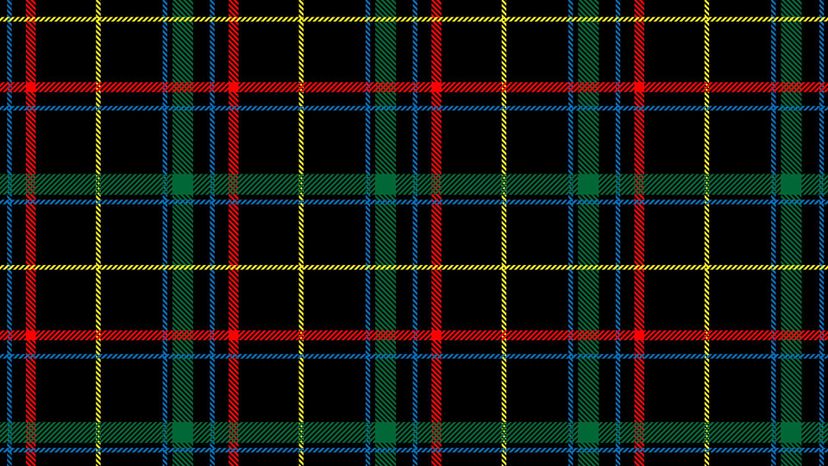
Tartan has a rich history, closely interwoven with the culture and legacy of Scotland itself. It consists of criss-crossed stripes of different colors and widths used to create a pleasing finish. While often seen in red and green, Tartan actually comes in many colors.
Advertisement
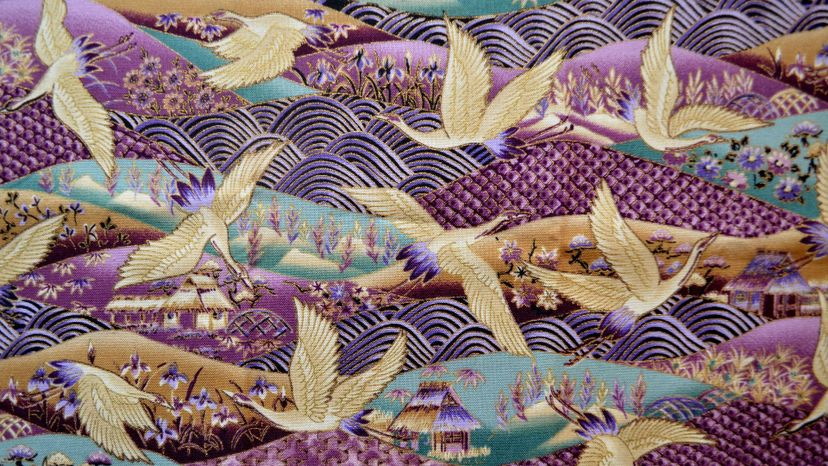
Brocade patterns can appear as though they are embroidered but are actually woven like traditional fabrics. This classic pattern is often used on silk or satin to finish furniture or curtains.
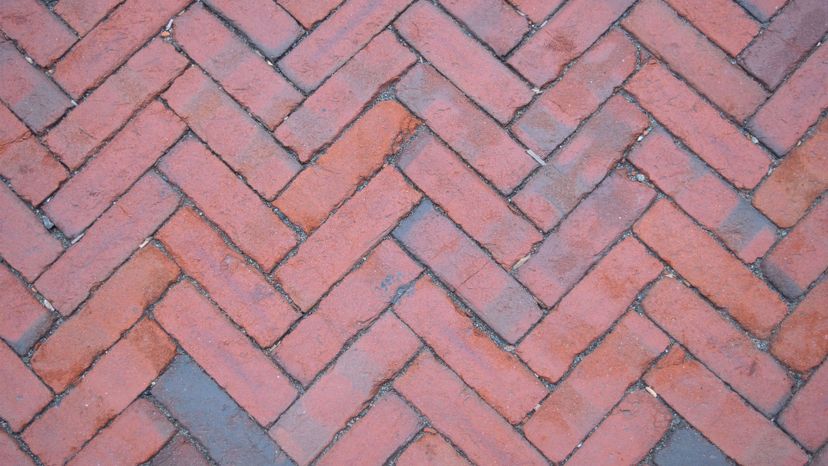
With a structure like the bones of a fish, herringbone consists of zigzag stripes. It's similar to chevron, but is broken along each column rather than continuous. This pattern is popular on tweed and twill fabrics.
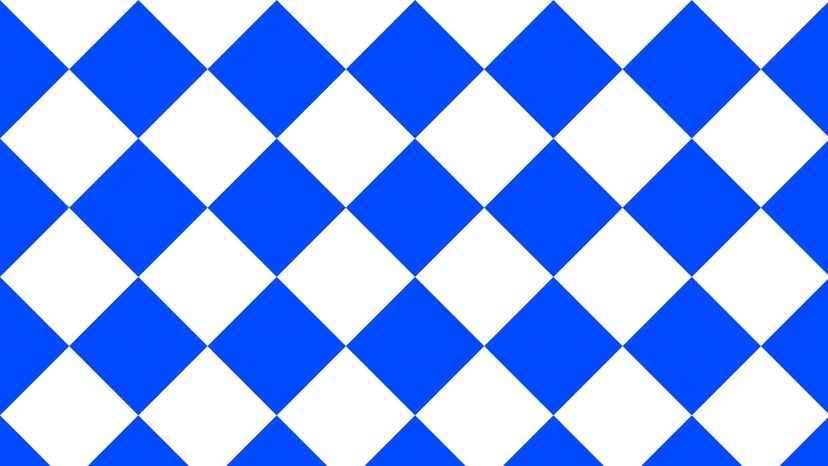
Harlequin is similar to a checked design, butwith diamonds rather than squares. It's often presented in black and white, but it can also be found in various colors. This pattern works well on glam pieces or in eclectic home decor.
Advertisement

The ultimate preppy pattern, argyle consists of alternating colors of diamonds, some solid and some simple outlines. This pattern, popular on socks, originated in Scotland.
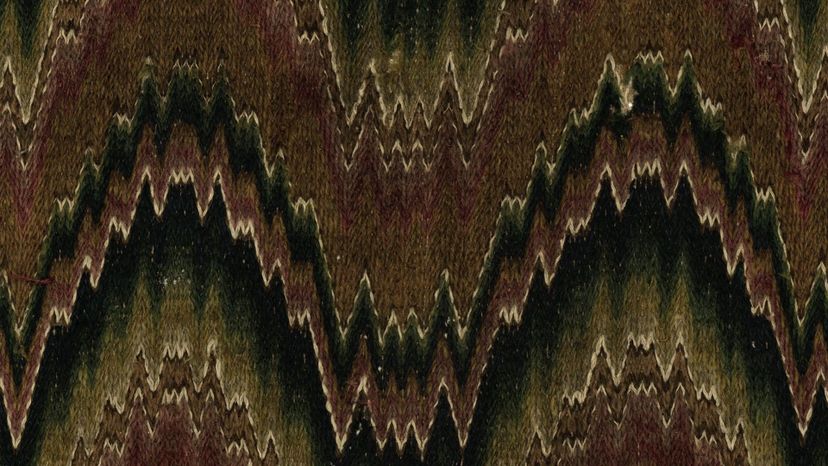
Flame stitch consists of closely spaced, jagged lines. Similar to chevron, the lines tend to be thin and the pattern is often rich in colors. This pattern has a decidedly '70s retro vibe.

Named for the city of Damascus along the ancient Silk Road, Damask is a reversible pattern commonly used on silk or wool. It has a raised detail or design of flowers or similar features, and it is considered quite traditional as far as patterns go.
Advertisement
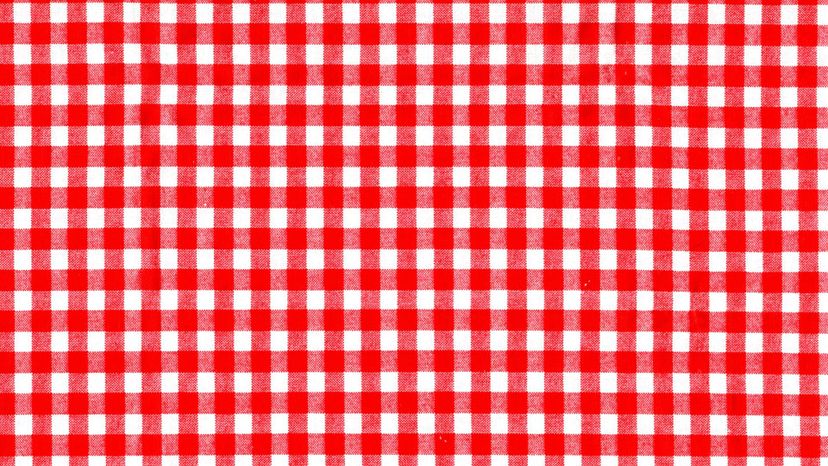
Gingham patterns are made from overlapping lines of various colors. The most common gingham look is red and white, though blue and white and other shades are also an option.
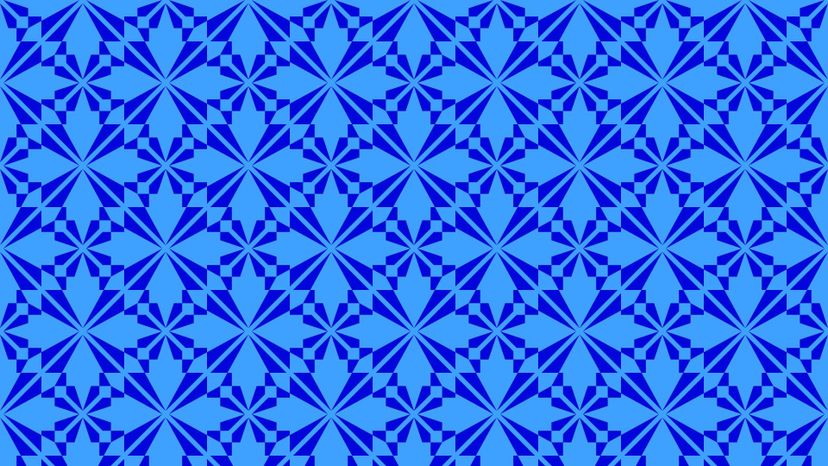
The lattice pattern resembles fences found in many homes and gardens. It may feature shapes like diamonds, circles or squares, but any pattern made from lines forming repeating shapes generally falls within this category.

A half drop pattern can vary wildly from piece to piece. Any design in which a repeating pattern drops down by an increment from column to column falls within this category.
Advertisement
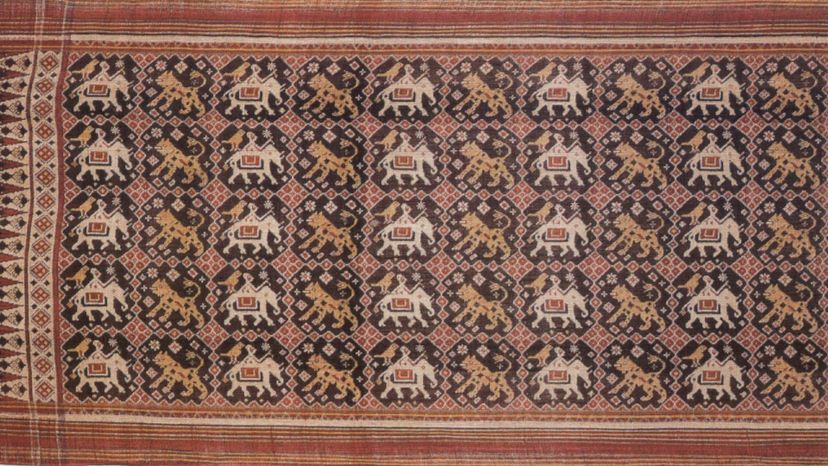
Ikat is a style of fabric prep that results in a very distinctive pattern. By tie-dying fibers before they are woven, clothing manufacturers create bohemian-style fabrics with a blurred, imperfect finish.
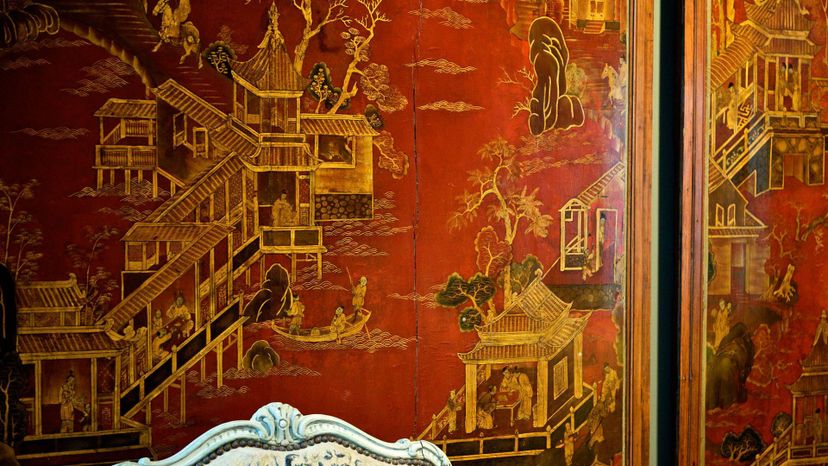
Chinoiserie is based on Western interpretations of traditional Chinese and Asian designs. It often includes natural scenes like flowers and birds, as well as scenes from everyday life.
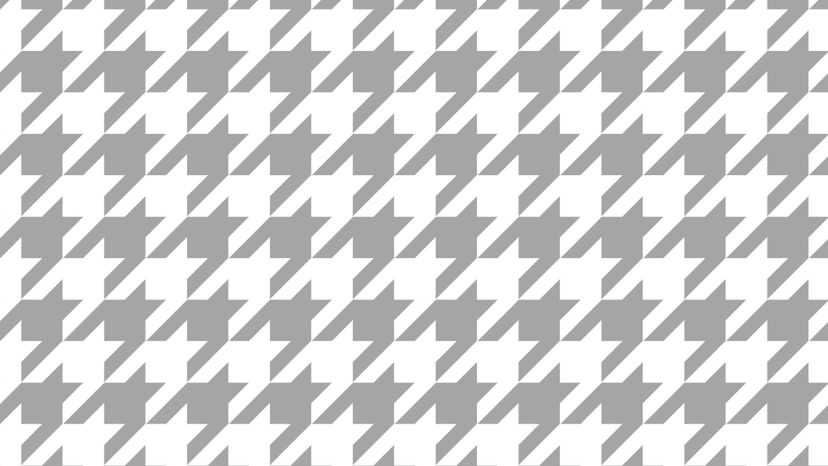
Houndstooth, also known as dogstooth, consists of jagged or broken checks, sometimes referred to as four-pointed stars. Derived from traditional Scottish designs, this pattern lends an elegant and luxurious air to fabric or clothing.
Advertisement
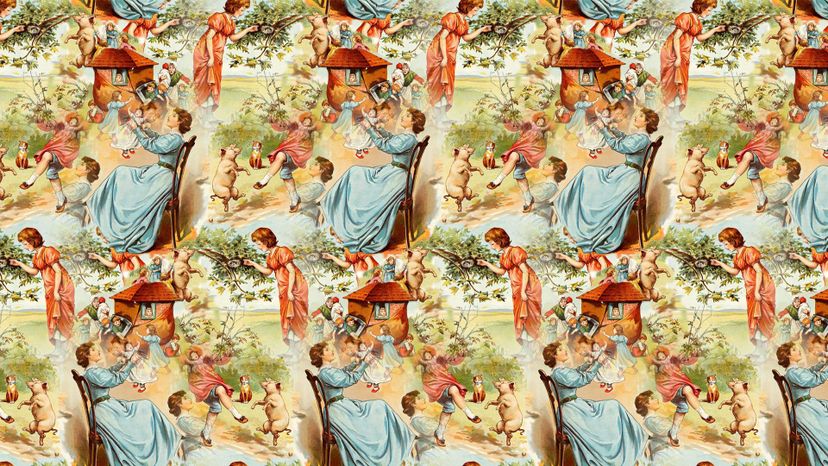
Toile is a pattern inspired by designs from 18th-century France. It often utilizes a white background and includes scenes of pastoral life, animals or flowers.
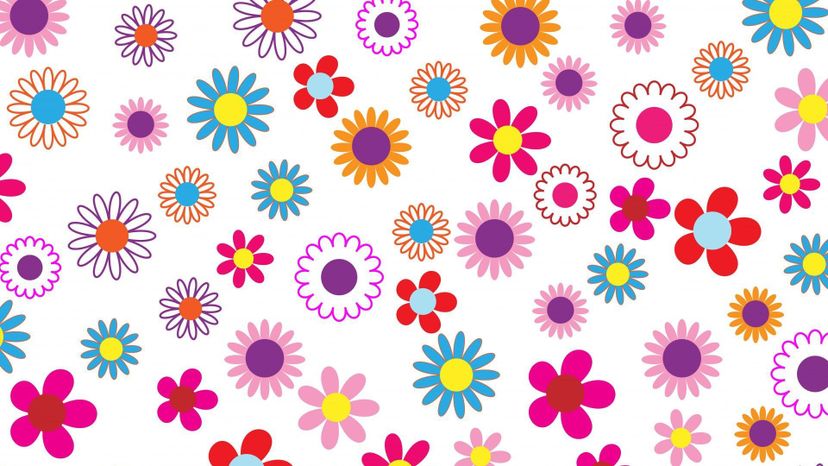
Ditsy is a simple and whimsical pattern known for incorporating small, all-over designs. It is cheerful and colorful and often includes flowers or simple shapes.
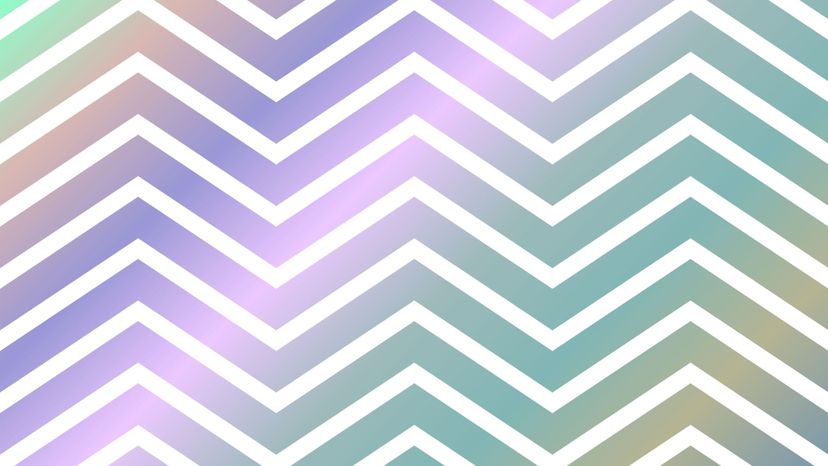
Chevron consists of repeating patterns of v-shaped rows in alternating colors. This military-inspired design is often used by fashion house MIssoni.
Advertisement

The southwestern pattern encompasses a broad array of designs, all inspired by the natural landscape in the Southwestern U.S. It includes shades of turquoise, orange, red and brown and may reflect traditional Native American designs.
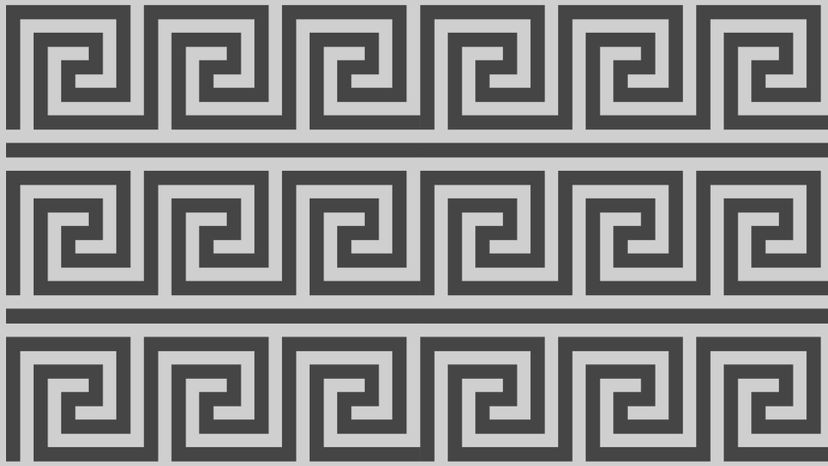
Greek key, also known as fret pattern, features interlocking geometric lines arranged at right angles. It is inspired by the architectural designs of ancient Greece.

Ogee patterns feature repeating rows of onion-shaped designs, which may resemble a diamond that is rounded on two sides rather than pointed. This pattern takes its inspiration from the architecture of Islam and the Middle East.
Advertisement
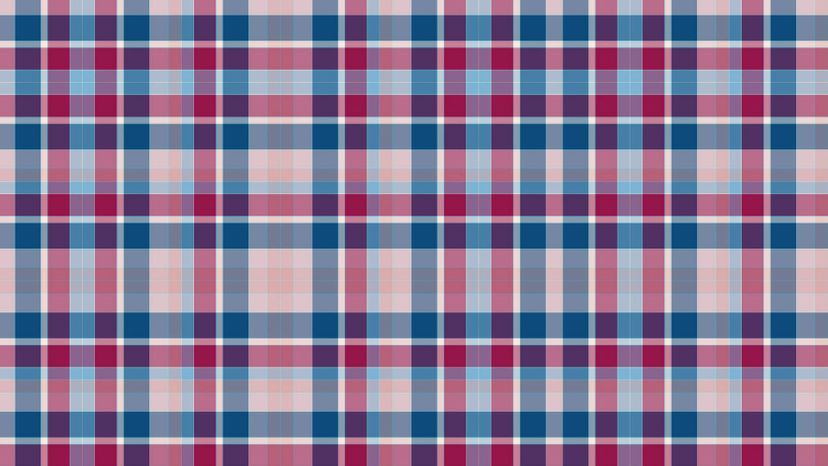
Madras is a checkered or plaid style that originated in India. It consists of cotton fabric that bleeds and fades as it's washed over time, so what starts as bright colorful strips fades to a cool, relaxing softness.
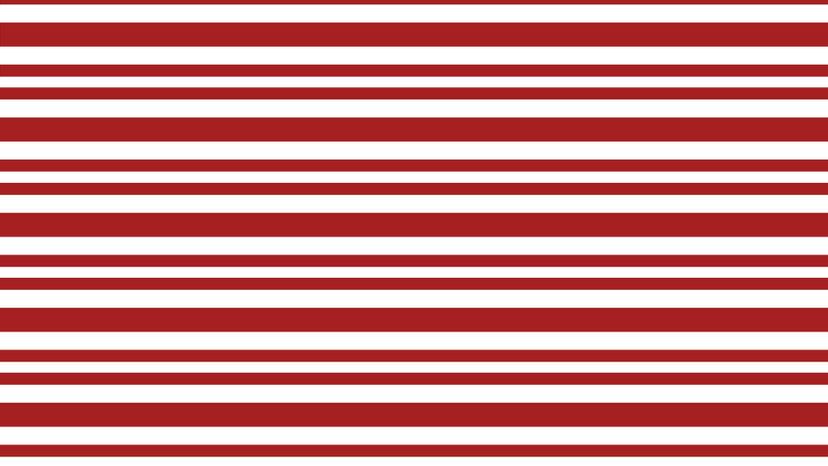
Early 20th-century hospital volunteers were nicknamed candy stripers after the red-and-white-striped outfits they wore. Inspired by the classic red-and-white-striped candy, this pattern features lines placed fairly far apart and typically features thin red stripes on white fabric.
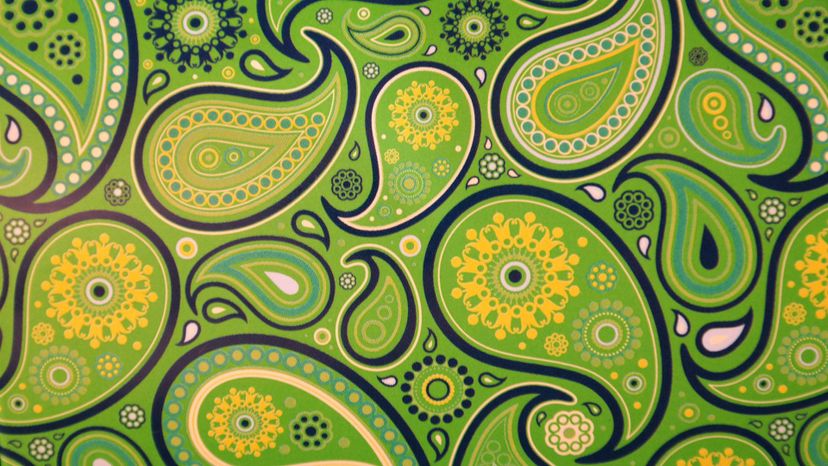
The tradition of paisley print, with its swirling teardrop shapes, originated in India or Persia. Associated with psychedelic culture, it shares its name with the city of Paisley, Scotland.
Advertisement
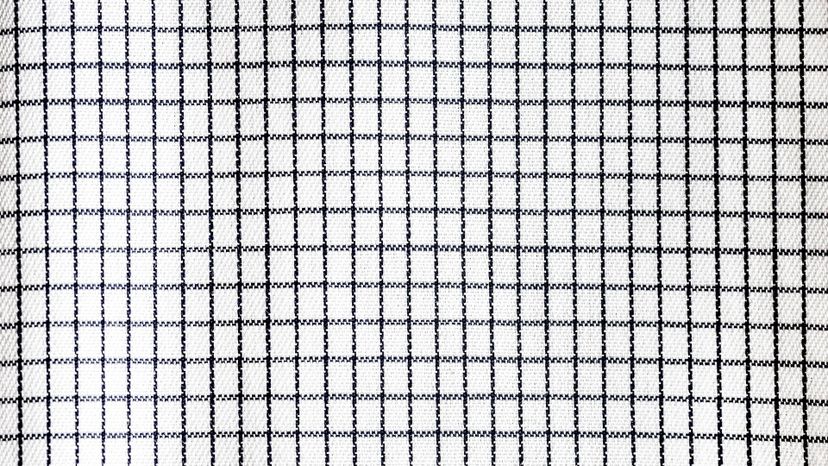
Tatersall pattern consists of small checks formed from regularly spaced, evenly colored stripes. The squares are smaller than windowpane check, and colors can vary throughout the rainbow.
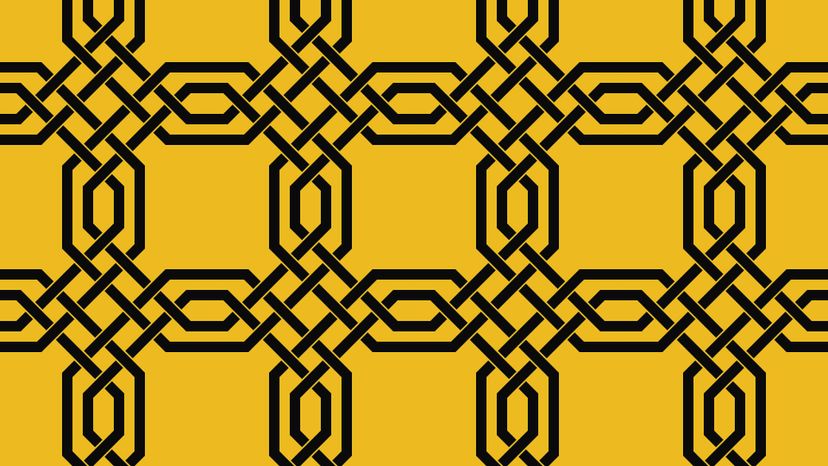
Trellis patterns are similar to lattice designs. They consist of interlocking lines forming shapes like squares, diamonds or other geometric designs. Most utilize two contrasting colors to emphasize the clean lines of the pattern.
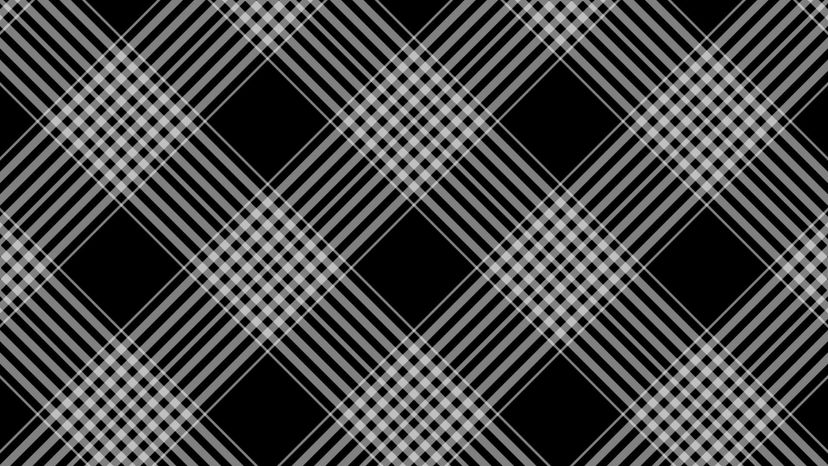
Edward VIII wore plenty of glen plaid during his reign as Prince of Wales - so much so that the pattern is often referred to as Prince of Wales check. It consists of checks woven in a twill pattern, with squares broken by alternating patterns of weave.
Advertisement
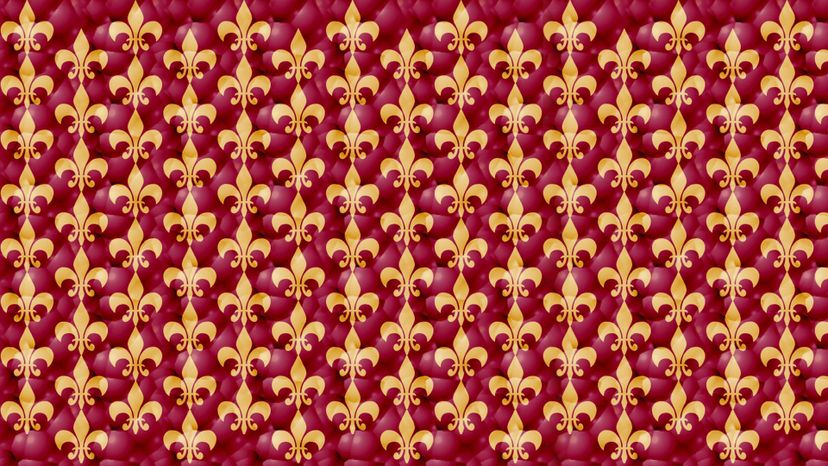
Fleur-de-lis patterns feature a lily flower with three petals. Dating back to the Middle Ages, this pattern is associated with the monarchy and nobility of France.
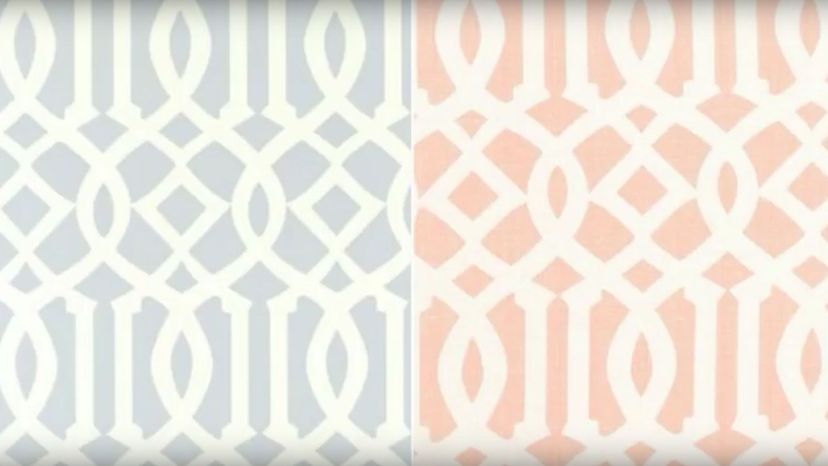
Imperial trellis patterns take traditional lattice or trellis designs to a more refined level. They consist of bold interlocking lines forming a wide variety of geometric shapes and designs.
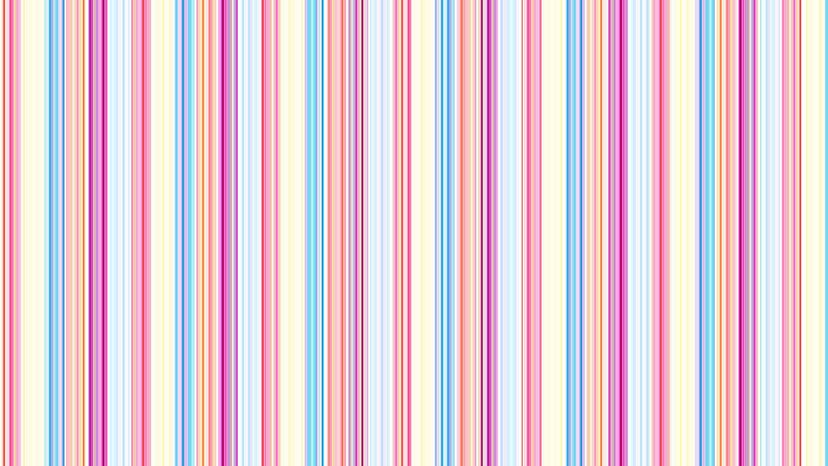
Hairline stripe is one of the finest striped patterns used in modern fashion. The stripes are finer than pinstripes, typically about the width of a human hair.
Advertisement

Graph check is a relatively small pattern of squares. Larger than the tiny checks used in windowpane pattern, it looks very similar to graph paper used in the math world.
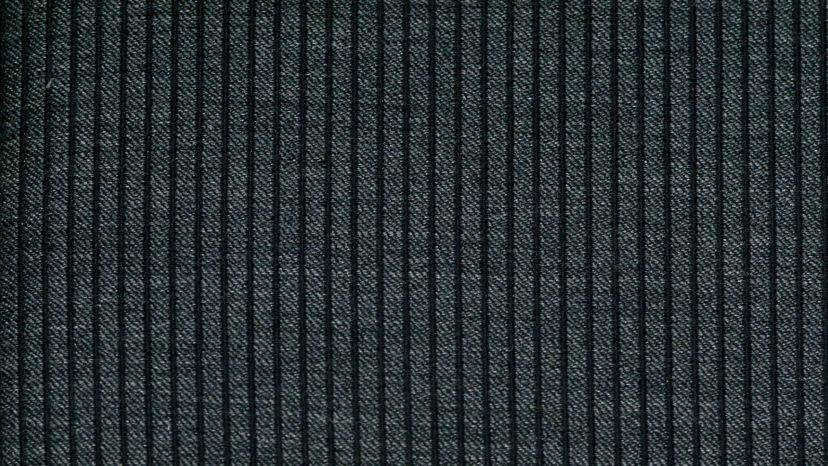
Pinstripes are one of the most common patterns used to make formal clothing, like suits. The stripes may be broken or continuous, and they tend to be slightly wider than those used in hairline patterns.

The vermicular pattern, with its swirls of twisty lines, is named for the Latin word for worm. Also known as scribble pattern, it features lines that may be dotted or solid.
Advertisement
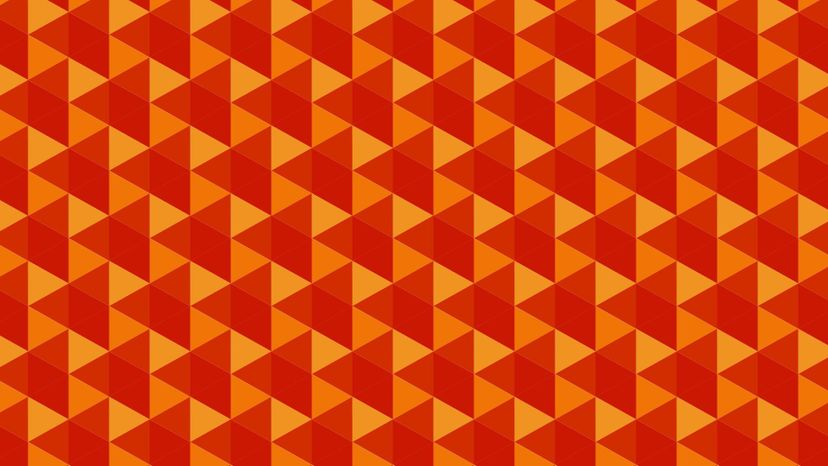
Geometric prints feature bold shapes like circles, triangles and squares. Fabric printed with this design is characteristic of contemporary mid-century modern decor.
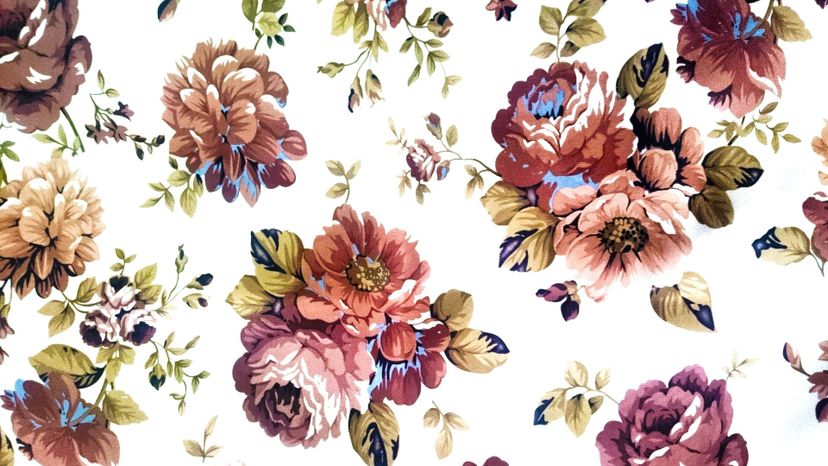
During the reign of King James I in the 17th century, fabrics printed with branches, vines and flowers were all the rage. Today, this pattern is known as Jacobean, and it may also include birds and animals.
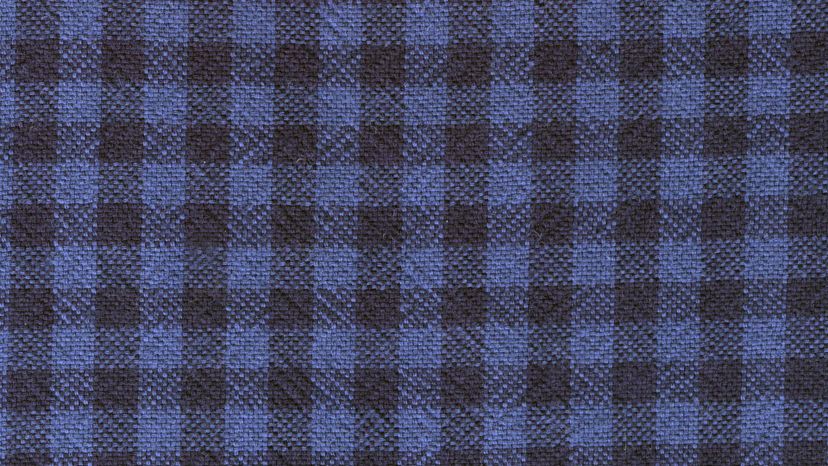
Named for designs worn by shepherds in the Scottish Highlands, shepherd's check consists of small, even squares. The style is similar to gingham, but has a characteristic visible weave.
Advertisement
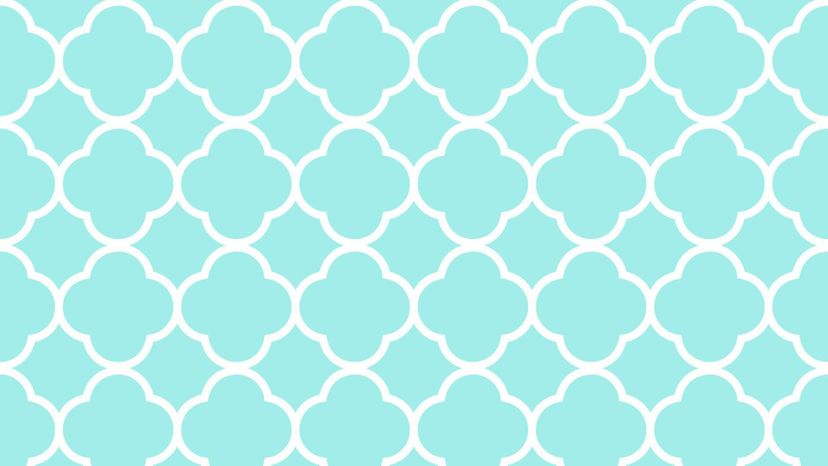
Quatrefoil is a repeating pattern of four-petaled flowers. A similar design, trefoil, consists of flowers with three petals each.
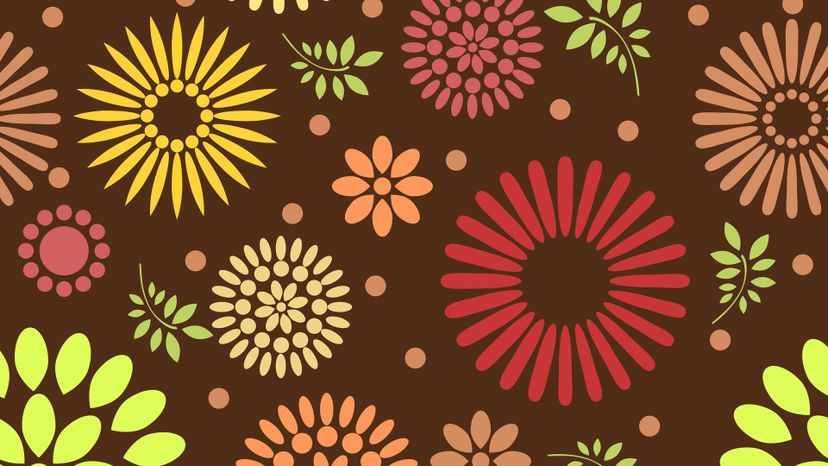
Floral patterns include many different designs made from flowers, seeds, berries or leaves. This style works in many different designs, but is most closely associated with cottage or shabby chic decor.
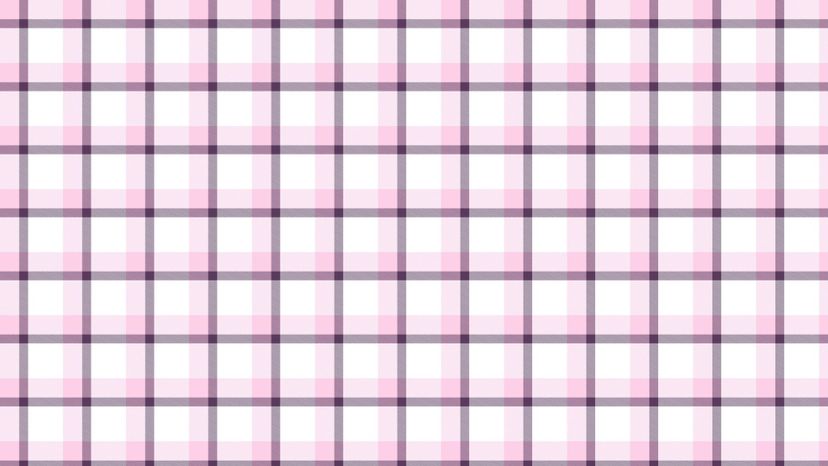
WIndowpane check features widely-spaced squares. The pattern is so named because it resembles the panes of glass used in windows.
Advertisement
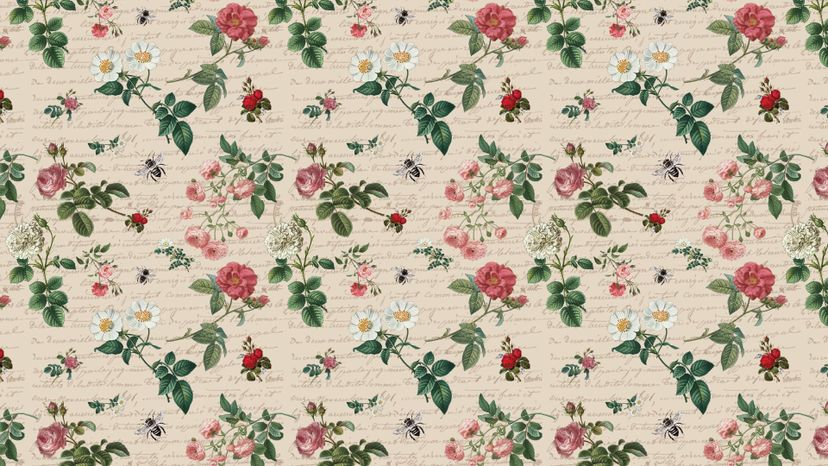
London designer Liberty and Company developed a popular allover print of small-scale designs - like flowers or polka dots - in the early 20th century. Today, this colorful pattern is closely associated with Art Noveau style.